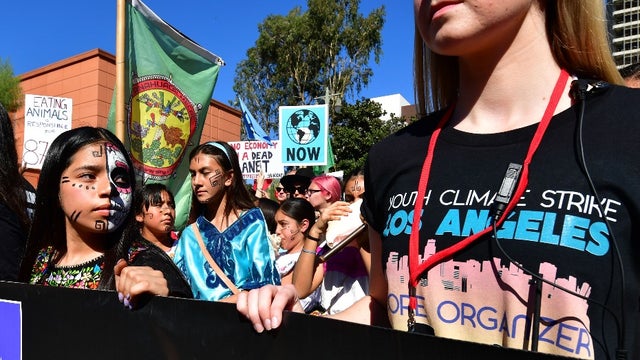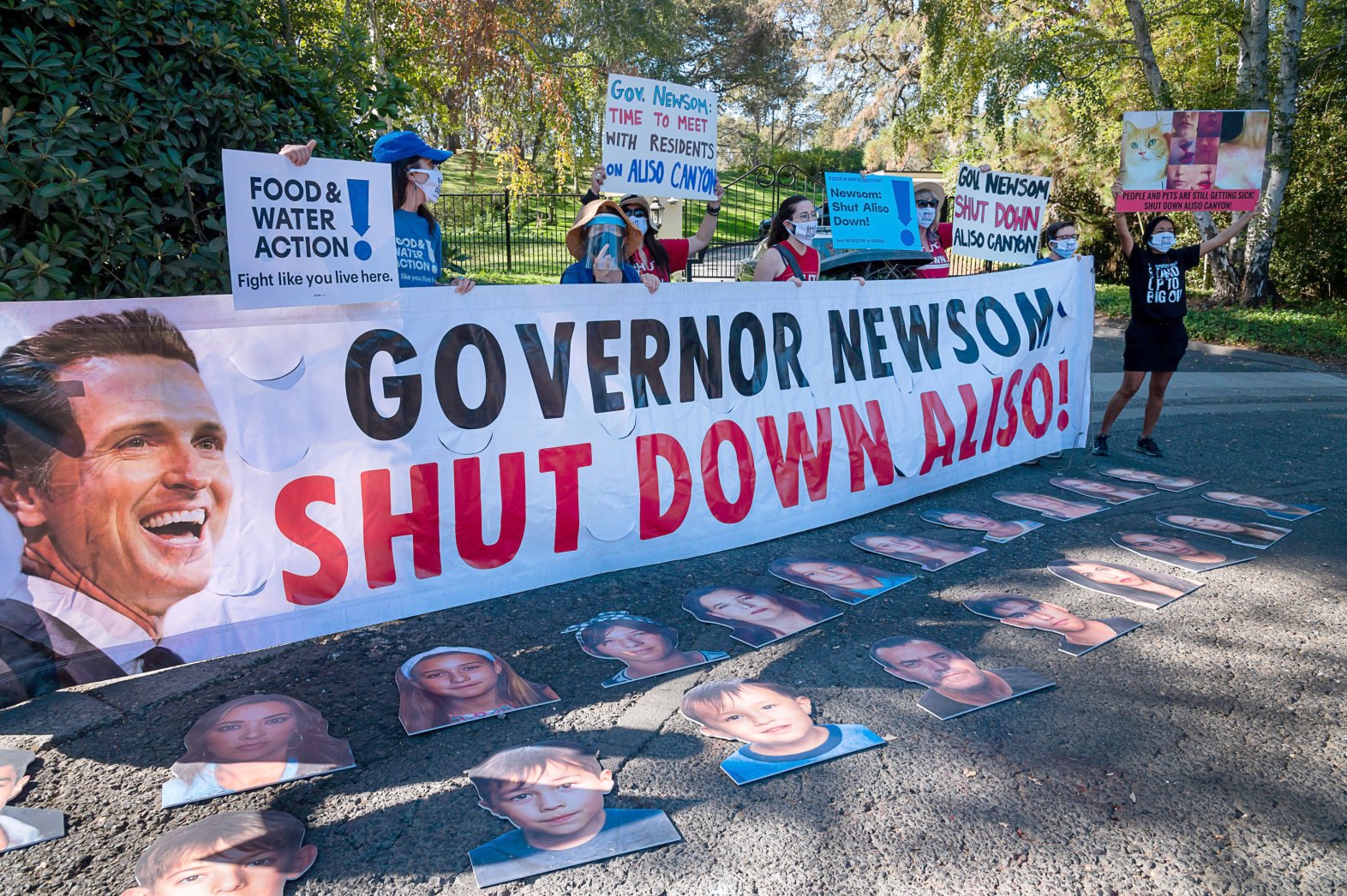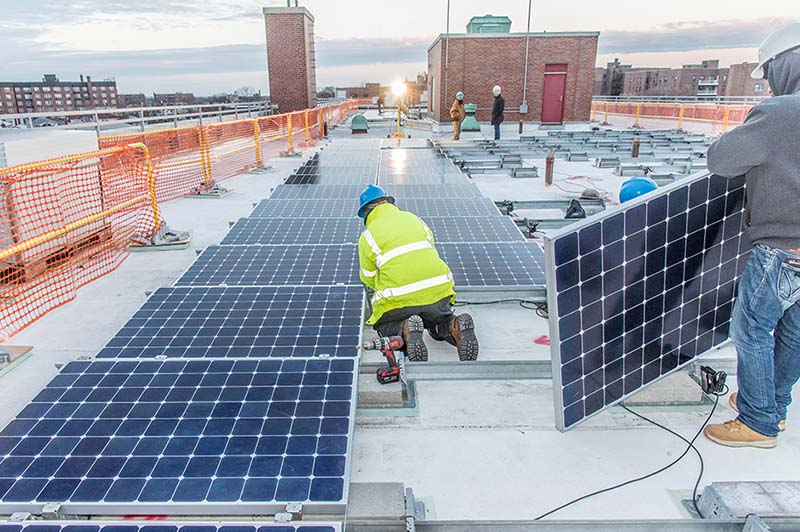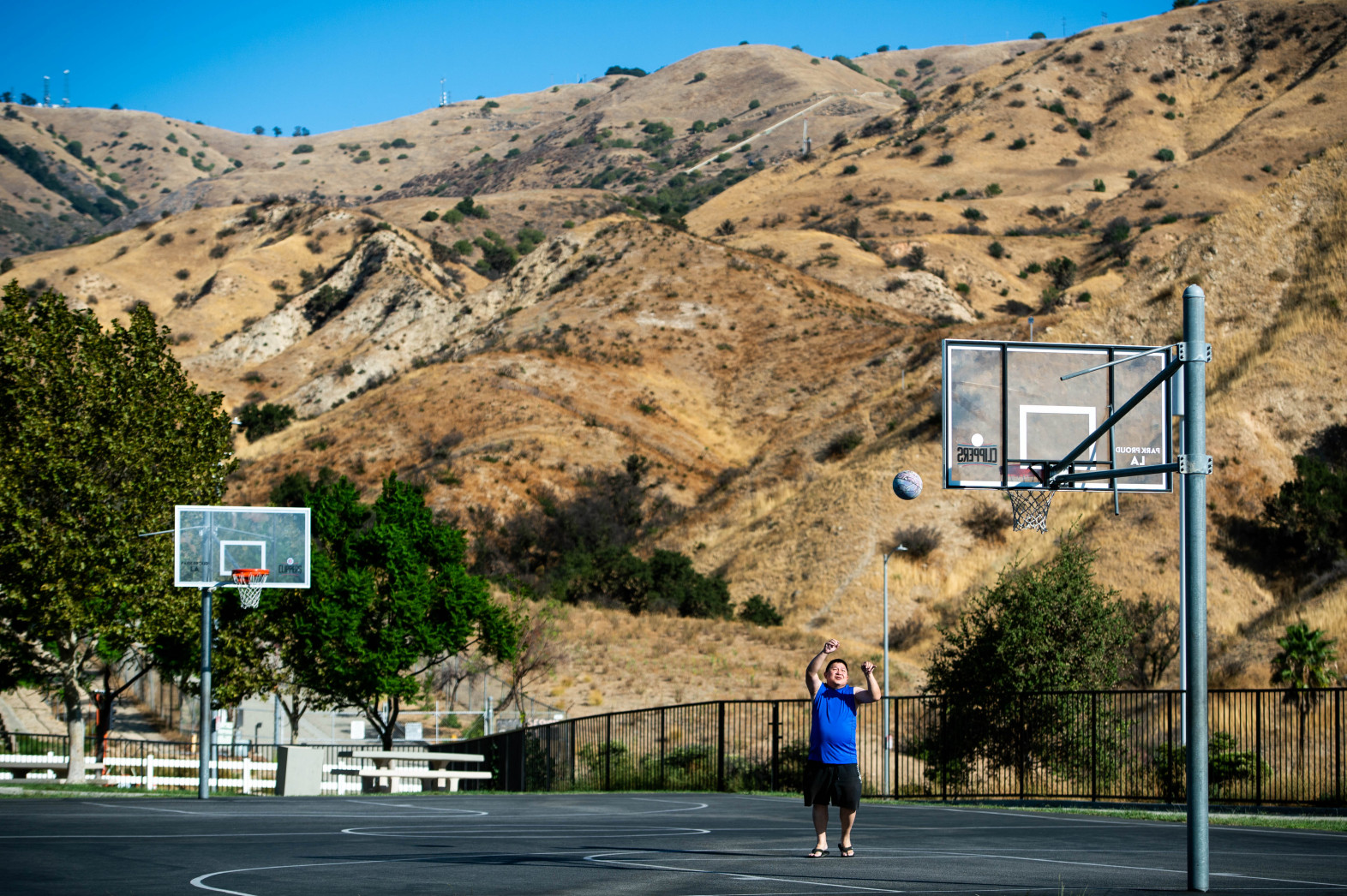Glitter is notorious for getting everywhere – touch one sparkly Christmas card and you’ll be finding flecks of the stuff in your food, hair and carpet for months. It’s so obnoxious some people even slather a mixture of it and Vaseline on political yard signs to punish thieves. But the real issue with glitter isn’t that it’s annoying – it’s that it truly does get everywhere : not just in your home, but also into the furthest-flung corners of the Earth.
Glitter, usually made from a combination of aluminum and plastic, is a microplastic. However, unlike other microplastics, which are the tiny (between five millimeters and one micrometer) particles into which larger plastic items like bottles disintegrate over time, glitter is sold in its most environmentally hazardous format from the get-go, just for fun. We’ve known for years that microplastics are problematic, but new studies keep emphasizing just how much of an impact they are having on the environment.
One study from June 2020 found microplastics can become airborne and come down in rain – literally rain down – on protected natural areas we expect would be pristine. This month, researchers from Australia’s national science agency found that 9.25m […]
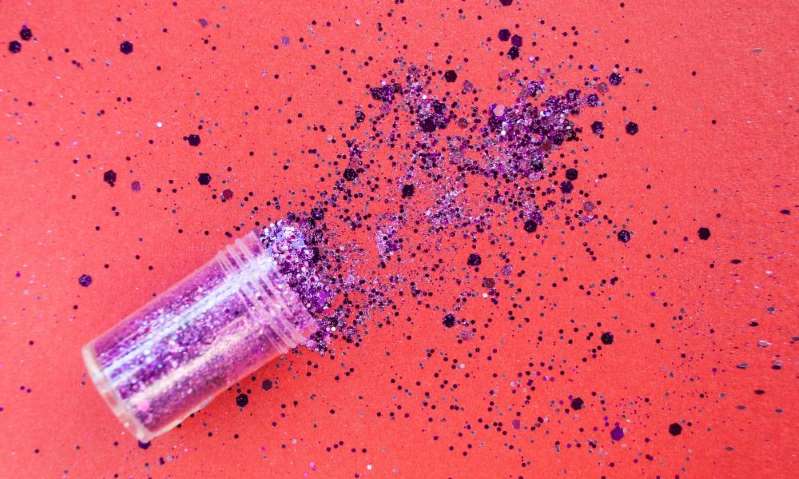

Add a comment

